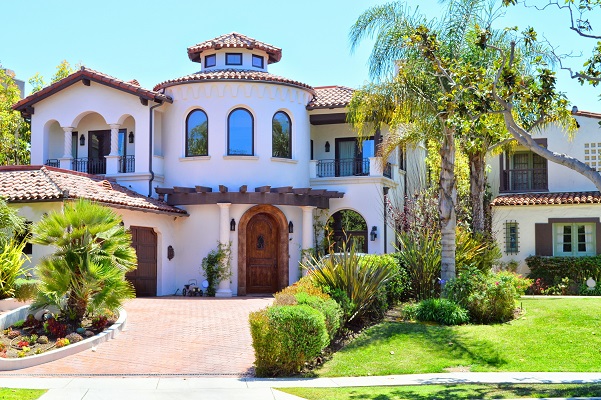Private Mortgage Insurance (PMI) Explained

Private Mortgage Insurance (PMI) Explained
Sometimes Private Mortgage Insurance (PMI) gets some bad publicity. Consumers can hear things about how important it is to avoid PMI. Yet that’s not really a fair statement. Some can also say that PMI only benefits the lender and not the borrower. But these statements need to be looked at a little further. Once explained, private mortgage insurance can actually be a benefit, not a barrier.
What is Private Mortgage Insurance (PMI)
Simply put, PMI is an insurance policy that compensates the lender in the case of default. This compensation is generally the difference between the down payment and 20% of the value of the home. Private mortgage insurance is an insurance policy most loans require when the down payment falls below 20%. Someone with a 5% or 10% down payment will need an accompanying private mortgage insurance policy. With a 5% down payment, PMI will compensate the lender in an amount of 15% of the value. With a 10% down payment, the compensation is 10%, and so on. Because of PMI, borrowers are able to buy a home without having to come up with a sizable amount for a down payment.
History of PMI
Private mortgage insurance first came into the lending limelight in the late 1950s. Prior to this introduction, many homebuyers were kept on the sidelines as coming up with a 20% or more down payment was difficult. Even more, some home loans required down payments of 30% to 40%. This equity requirement allowed lenders to breathe a little easier when evaluating a loan application. When a lender is forced to foreclose, there are additional expenses involved. There can be attorney fees and other costs associated with the action. Lenders lose the past due payments as well. This additional equity requirement back then ensured the lender the property wouldn’t be “upside down” after all the settlement costs were factored in.
When private mortgage insurance was introduced, all that changed. Today, borrowers can put down as little as 5% and with an accompanying PMI policy, lenders can approve the loan application. By the way, it’s called “private mortgage insurance” in contrast with a government-backed home loan. These loans, VA, FHA and USDA also carry a form of mortgage insurance. Private mortgage insurance has no such government backing. It’s the individual lender that assumes the risk of issuing a home loan.
How it Works
Because private mortgage insurance is an insurance policy, there will be premiums. These premiums are typically paid monthly but can also be included as a single premium and rolled into the loan amount. How much are these premiums? They can vary but are based upon several factors. PMI rates can e as low as 0.55% to 2.25% of the loan amount. The rate and payments can be adjusted based upon the size of the loan. Generally, the bigger the loan the more you’ll pay each month for PMI. PMI rates will be different depending upon the size of the down payment. Transactions with 5% down will have higher rates compared to someone with a 15% down payment. Credit scores can also come into play as well as the type of loan being used to finance the transaction. Fixed-rate policies will be lower than adjustable-rate policies.
Private mortgage insurance may also be tax-deductible, just like mortgage interest. You’ll want to talk about tax deductions with your tax professional but in general, mortgage interest and PMI are treated the same. But PMI isn’t a lifelong policy. PMI guidelines require that the policy to drop when the loan naturally amortizes to 78% of the original value. Depending upon the loan term, this gradual amortization can take some time.
Yet once the loan gets to the 78% level, PMI is automatically removed. Borrowers can also accelerate this process by making extra payments and asking for a policy to be canceled when the loan balance falls to 80% of the value. This value is determined with a brand new appraisal. With extra payments and property price appreciation, PMI can be removed even more quickly.
Takeaway
Coming up with a down payment is often the single largest barrier for homeownership, especially for first-time buyers. However, there are other options that should be explored. Let’s talk about buying a home and down payment requirements for various loan programs. You don’t have to save up 20% for a down payment.

